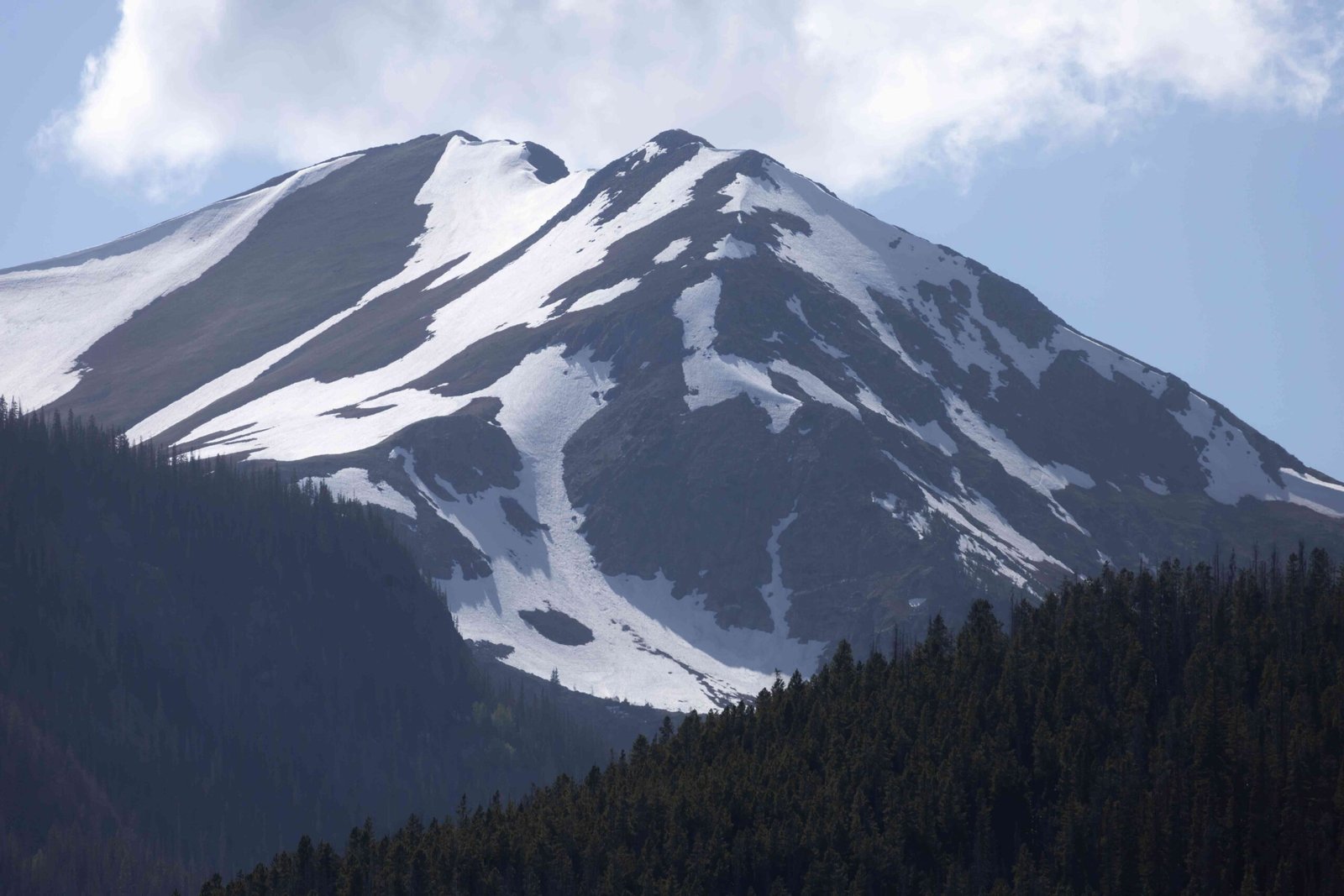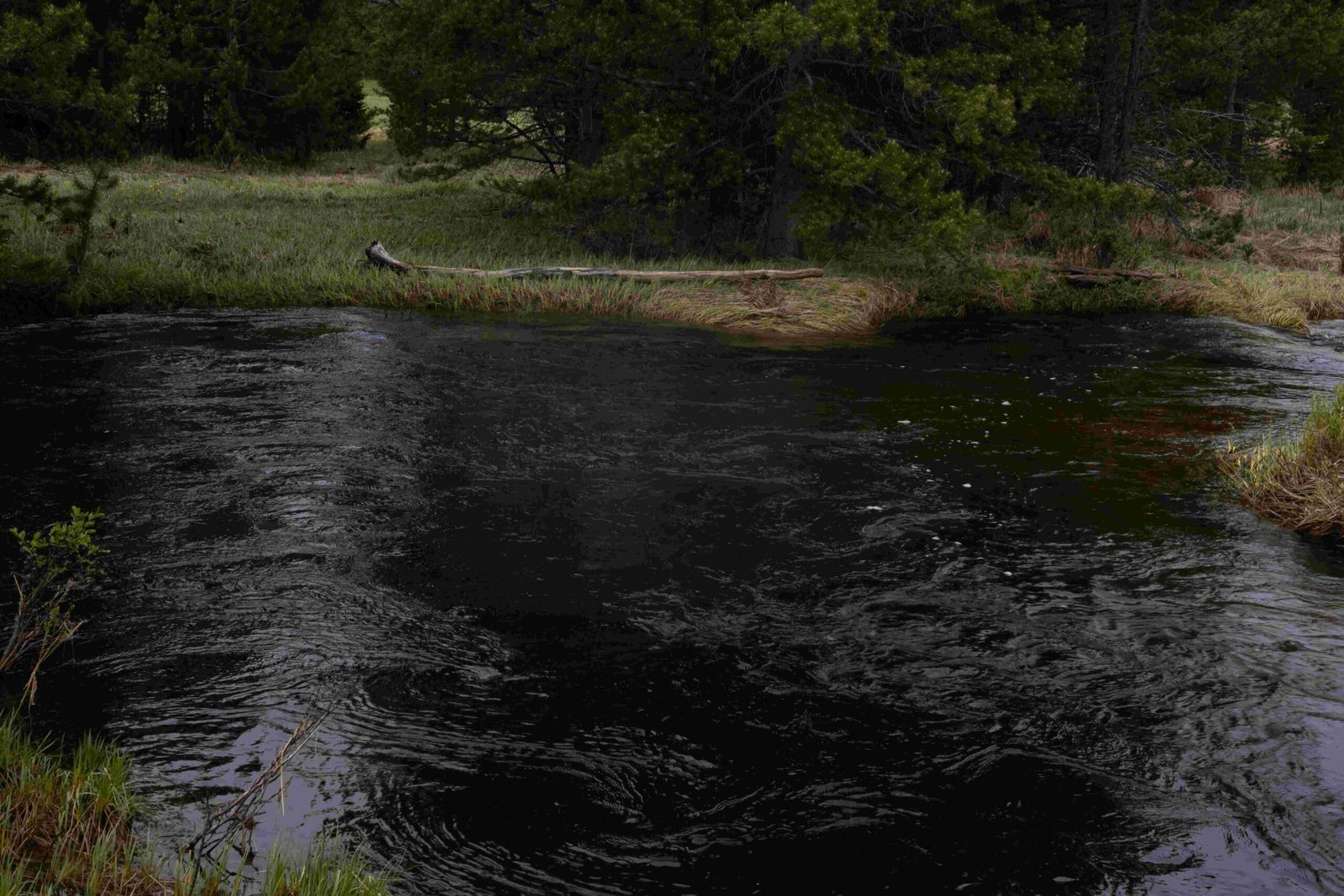Panning for gold in Rocky Mountain National Park is a topic of interest for many outdoor enthusiasts and amateur prospectors. However, it’s crucial to understand that gold panning and any form of mining are strictly prohibited within the park boundaries. This restriction is in place to preserve the natural environment and protect the park’s resources. Despite this limitation, the area surrounding Rocky Mountain National Park has a rich history of gold mining, and there are opportunities for gold panning in nearby locations outside the park.
What Are the Specific Gold Panning Locations Near Rocky Mountain National Park?

While gold panning is not allowed within Rocky Mountain National Park itself, there are several areas in the vicinity where prospecting enthusiasts can try their luck:
-
Clear Creek: Located about an hour’s drive from the park, Clear Creek has been a popular gold panning spot since the Colorado Gold Rush.
-
South Platte River: This river, running through Denver and beyond, offers numerous locations for recreational gold panning.
-
Cache la Poudre River: North of the park, this river has some areas where gold can be found.
-
Arkansas River: Though further away, the Arkansas River valley has a rich gold mining history and still attracts prospectors.
It’s important to note that these locations are outside the park boundaries and have different regulations regarding gold panning activities.
When Is the Best Time for Gold Panning Near Rocky Mountain National Park?

The optimal time for gold panning in the areas surrounding Rocky Mountain National Park typically aligns with the region’s weather patterns and water levels:
- Late Spring to Early Fall: The period from May to September is generally considered the best time for gold panning activities.
- Water Level Considerations: Late summer and early fall often have lower water levels, making it easier to access potential gold-bearing areas.
- Weather Conditions: Warmer months provide more comfortable conditions for spending time in and around water.
Here’s a monthly breakdown of gold panning conditions:
| Month | Water Level | Temperature | Overall Suitability |
|---|---|---|---|
| May | High | Moderate | Good |
| June | Moderate | Warm | Very Good |
| July | Low | Hot | Excellent |
| August | Very Low | Hot | Excellent |
| September | Low | Moderate | Very Good |
What Are the Regulations for Gold Panning in and Around Rocky Mountain National Park?
Understanding the regulations is crucial for anyone interested in gold panning in the vicinity of Rocky Mountain National Park:
- Within the Park:
- Gold panning and all forms of mining are strictly prohibited.
- No permits are issued for these activities.
-
The focus is on conservation and non-extractive recreation.
-
Outside the Park:
- Regulations vary depending on the specific location and land ownership.
- Some areas require permits or have restrictions on equipment use.
-
Always check with local authorities or the U.S. Forest Service for current regulations.
-
General Guidelines:
- Respect private property and claim rights.
- Practice ‘Leave No Trace’ principles.
- Be aware of environmental impacts and minimize disturbance.
What Equipment Is Recommended for Gold Panning?
While you can’t pan for gold in Rocky Mountain National Park, here’s a list of essential equipment for those planning to pan in permitted areas nearby:
- Gold Pan
- Shovel or Trowel
- Classifier or Sieve
- Snuffer Bottle
- Tweezers
- Vials for Gold Storage
- Rubber Boots or Waders
- Gloves
- Sunscreen and Hat
- First Aid Kit
Where Can I Learn More About Gold Panning Techniques?
For those interested in learning gold panning techniques, several resources are available:
- Local Prospecting Clubs: Many areas have clubs that offer workshops and group outings.
- Online Tutorials: Websites and YouTube channels dedicated to gold panning provide valuable tips and demonstrations.
- Books on Gold Prospecting: There are numerous books available that cover techniques, geology, and the history of gold mining in Colorado.
- State Mining or Geology Departments: These often provide educational resources and information on local geology.
What Is the History of Gold Mining in the Rocky Mountain National Park Area?
While gold panning is not allowed in Rocky Mountain National Park today, the area has a rich mining history:
- 1859: The Colorado Gold Rush, also known as the ‘Pikes Peak Gold Rush’, brought thousands of prospectors to the region.
- Late 19th Century: Small-scale mining operations existed in what is now the park, particularly in the Lulu City area.
- Early 20th Century: Most mining operations in the area had ceased by the time Rocky Mountain National Park was established in 1915.
- Present Day: The park preserves several historical mining sites, which serve as educational exhibits rather than active mining areas.
What Alternative Activities Are Available in Rocky Mountain National Park?
For visitors who are interested in outdoor activities but can’t pan for gold in the park, Rocky Mountain National Park offers a wealth of alternatives:
- Hiking: Over 300 miles of trails ranging from easy walks to challenging backcountry routes.
- Wildlife Viewing: Opportunities to see elk, bighorn sheep, moose, and various bird species.
- Scenic Drives: Trail Ridge Road offers spectacular mountain views.
- Rock Climbing: Various locations for both beginners and experienced climbers.
- Fishing: Permitted in many of the park’s lakes and streams (license required).
- Photography: Endless opportunities for landscape and wildlife photography.
- Ranger-led Programs: Educational programs on the park’s geology, ecology, and history.
How Can I Responsibly Enjoy Rocky Mountain National Park?
While gold panning isn’t an option, there are many ways to responsibly enjoy the park:
- Follow Park Rules: Adhere to all park regulations to protect the environment.
- Practice Leave No Trace: Minimize your impact on the natural surroundings.
- Stay on Designated Trails: This helps preserve fragile ecosystems.
- Respect Wildlife: Observe animals from a safe distance and never feed them.
- Be Prepared: Check weather conditions and bring appropriate gear for your activities.
- Educate Yourself: Learn about the park’s natural and cultural history to enhance your visit.
By following these guidelines, visitors can enjoy the park’s beauty while helping to preserve it for future generations.
In conclusion, while panning for gold in Rocky Mountain National Park is not permitted, the surrounding areas offer opportunities for this activity. The park itself provides a wealth of other outdoor experiences that allow visitors to connect with nature and appreciate the unique geology and ecosystems of the Rocky Mountains.

